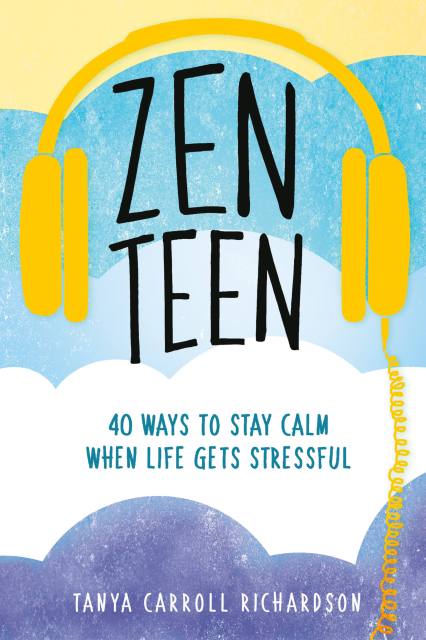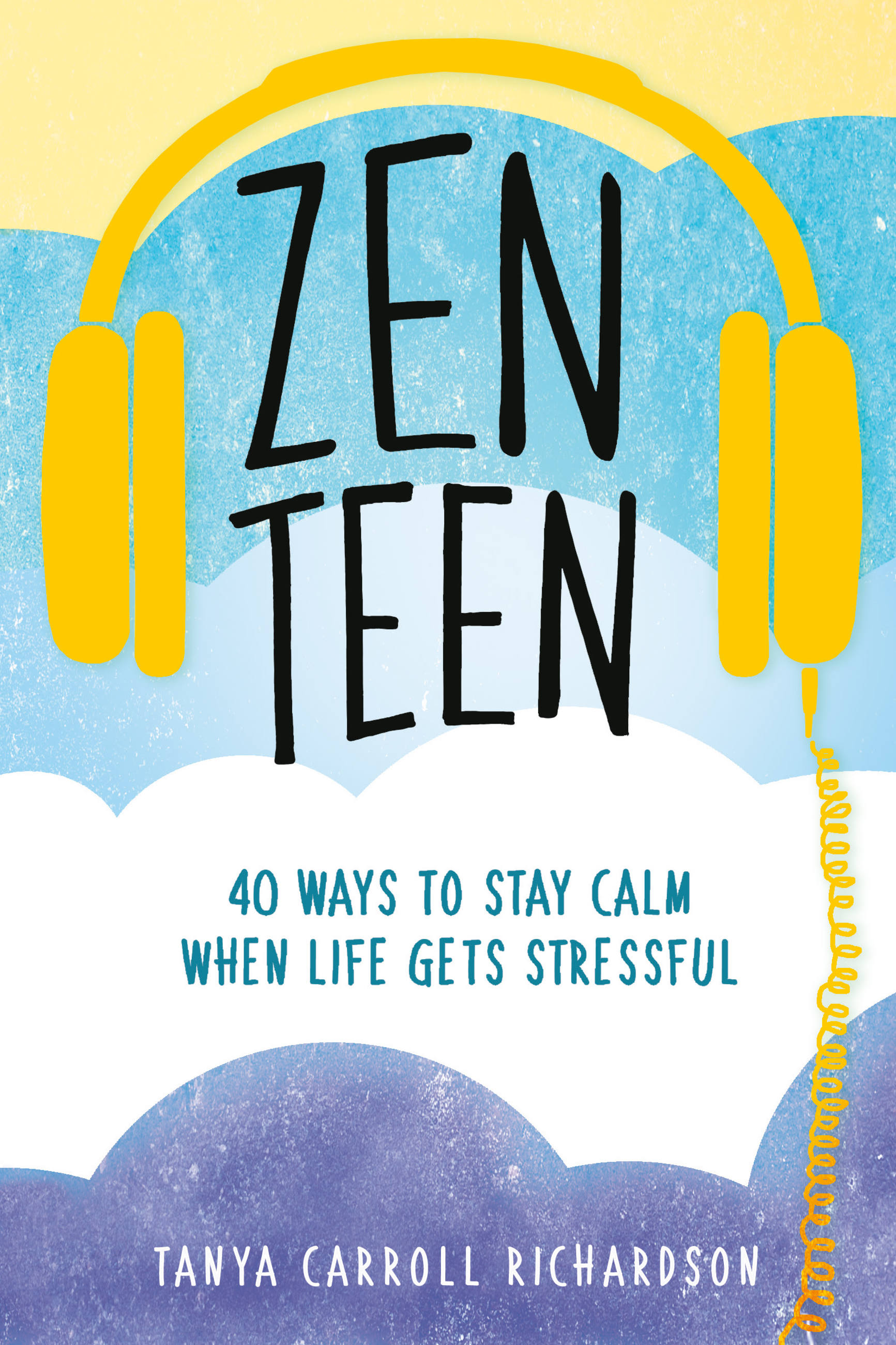Promotion
Use code MOM24 for 20% off site wide + free shipping over $45
Zen Teen
40 Ways to Stay Calm When Life Gets Stressful
Contributors
Formats and Prices
Price
$11.99Price
$15.99 CADFormat
Format:
- ebook $11.99 $15.99 CAD
- Trade Paperback $18.99 $23.99 CAD
This item is a preorder. Your payment method will be charged immediately, and the product is expected to ship on or around September 11, 2018. This date is subject to change due to shipping delays beyond our control.
Also available from:
In the last decade, studies have reported a drastic rise in teens who experience anxiety, panic, and an inability to cope with the pressures of daily life. As mental health challenges become less stigmatized, young people are more likely than ever before to know how to identify their feelings and ask for help. Even celebrity teen icons like Selena Gomez are “coming out” as anxiety sufferers.
Zen Teen addresses this epidemic with powerful coping mechanisms and creative tools-including two fun quizzes, tons of engaging exercises and a cool playlist-designed for the teenage mind. With topics like “The Unique Genius of You” and “Rock-Star Rituals,” Tanya Carroll Richardson prompts teens to get calm by engaging in mindful tasks like identifying gurus, tapping into warrior energy, mastering meditation, practicing realistic optimism, becoming a self-awareness samurai, learning to surrender, finding a spirit animal, expressing challenging emotions, living with loving-kindness, protecting the planet, and making vision boards that embrace “the Tao of Cool.”
Smart and fresh, Zen Teen helps teens thrive while navigating and managing the pressures of everyday life.
Genre:
- On Sale
- Sep 11, 2018
- Page Count
- 240 pages
- Publisher
- Seal Press
- ISBN-13
- 9781580057837
Newsletter Signup
By clicking ‘Sign Up,’ I acknowledge that I have read and agree to Hachette Book Group’s Privacy Policy and Terms of Use


